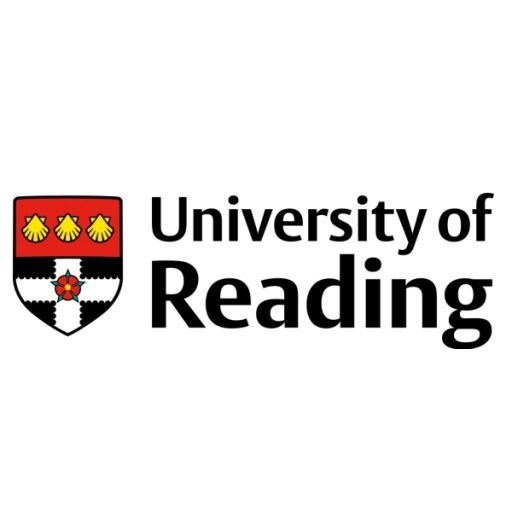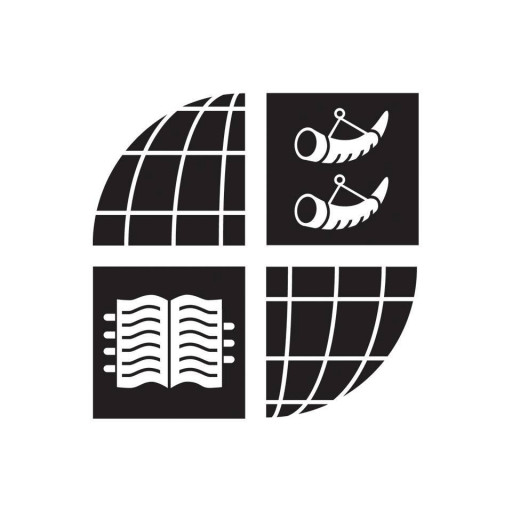Photos of university / #uniofreading
The Graphic Communication program at the University of Reading offers a comprehensive and innovative education designed to prepare students for a successful career in the dynamic field of visual communication. This degree combines traditional principles of graphic design with modern digital techniques, enabling students to develop a versatile skill set that meets the demands of the contemporary media and design industries. Throughout the course, students learn to create compelling visual content across various platforms, including print, branding, advertising, digital media, and multimedia projects. The program emphasizes both creative conceptualization and technical proficiency, providing students with hands-on experience using industry-standard software and equipment. Students are encouraged to explore their individual artistic voice while understanding the commercial and communicative aspects of graphic communication. The curriculum includes modules on typography, layout design, branding strategies, interface design, animation, and visual storytelling, ensuring a well-rounded education. Additionally, students benefit from lectures, workshops, and project-based assignments that simulate real-world scenarios and client briefs, fostering problem-solving and project management skills. The program also offers opportunities for collaborative projects, internships, and industry engagement, helping students build professional networks and gain practical experience before graduation. With expert faculty, state-of-the-art facilities, and a vibrant creative community, the Graphic Communication program at Reading prepares graduates to thrive in a fast-paced, visually driven world. Graduates are equipped with the knowledge, creative ability, and technical skills to pursue careers in graphic design, advertising, branding, publishing, digital media, and other related fields, making a positive impact through innovative visual communication.
Year 1
Core modules include:
- Design practice 1
- History of graphic communication 1
- Integrated Design Methods
Year 2
Core modules include:
- Design Thinking
- Integrated Design Methods 2A
- Integrated Design Methods 2B
- Professional Practice 1
Optional modules include:
- Design Practice 2 (Study Abroad)
- Design Practice 2
Year 3
Core modules include:
- Design Practice 3
- Dissertation
- Professional Practice 2
Optional modules include:
- Advanced Editorial Design
- History of Letter Forms and Typography
- Information Design
- Screen Design
- Skills for Design Practice
- Typeforms
- Word and image
The Graphic Communication program at the University of Reading requires applicants to have a strong academic background in art, design, or related disciplines, typically demonstrated through relevant qualifications such as A-levels, BTECs, or equivalent international qualifications. Prospective students should showcase a portfolio that reflects creative ability, technical skills, and originality, highlighting previous work related to graphic design, illustration, or visual communication. Additionally, applicants may need to provide proof of English language proficiency, such as IELTS or TOEFL scores, if their first language is not English, with minimum scores as specified by the university. Successful applicants often possess a keen interest in modern and traditional print media, digital communications, branding, and advertising. The program emphasizes both theoretical knowledge and practical skills, so prior experience with design software like Adobe Creative Cloud, including Photoshop and Illustrator, can be advantageous. The curriculum is designed to develop technical proficiency, creative problem-solving skills, and a comprehensive understanding of the graphic communication industry. Entrance requirements also specify adherence to the university’s academic standards for undergraduate study, including meeting age and health criteria as applicable. Candidates are encouraged to demonstrate their motivation and commitment to pursuing a career in graphic communication through their personal statement and portfolio. The program prepares students for a range of careers in graphic design, advertising, publishing, and digital media, among other fields. There are also opportunities for work placements and collaborative projects with industry partners to enhance employability. Overall, successful applicants will demonstrate a blend of creative talent, technical skill, and academic capability aligned with the program's objectives.
The University of Reading offers various financial options to support students enrolled in the Graphic Communication program. Prospective students are encouraged to explore the range of scholarships, bursaries, and funding opportunities available to reduce the financial burden of their studies. Scholarships are awarded on the basis of academic merit, portfolio, or financial need, with some specific to international students and others tailored for home students. The university also provides information on government funding options, including student loans and grants for eligible students, both domestic and international. Students may apply for tuition fee loans, which can cover all or part of their tuition costs, and maintenance loans to assist with living expenses during their studies. The university’s financial support services offer comprehensive advice on budgeting, funding applications, and managing student finances. International students are advised to seek additional funding sources, such as external scholarships, sponsorships, and private grants, which can be found through various scholarship platforms and organizations. The university occasionally participates in partnership schemes with industry and professional bodies that may include funding incentives or work-placement stipends. It is important for applicants to check the specific funding options available for the year they plan to start their studies, as these can change annually. International students should also consider additional costs such as visa fees, health insurance, accommodation, and living expenses, which are not covered by tuition fee loans. The university encourages all students to plan their financial arrangements carefully before starting their course, and its dedicated support staff can assist with financial planning and application processes. Overall, the University of Reading is committed to making education accessible and affordable, providing a variety of financial aid options to help students concentrate on their academic and creative pursuits in the field of Graphic Communication.
The Graphic Communication program at the University of Reading offers students an in-depth study of visual communication, design, and the production of printed and digital materials. The course is designed to equip students with a comprehensive set of skills in graphic design, typography, layout, branding, and multimedia communication, enabling them to pursue careers in the creative industries, including advertising, publishing, packaging, and digital media. Throughout the program, students have the opportunity to develop their conceptual thinking alongside technical proficiency, working with industry-standard software and traditional techniques.
The curriculum emphasizes both practical skills and theoretical knowledge. Students engage in a variety of projects that simulate real-world challenges faced by graphic communication professionals. These include designing logos, creating visual identities, producing editorial layouts, and developing digital content. Additionally, the program encourages experimentation and innovation, fostering a creative environment where students can explore new ideas and technologies. The course also covers key areas such as user interface and experience design, animation, and web development, reflecting the evolving landscape of visual communication.
Students benefit from state-of-the-art facilities, including professional studios, computer labs equipped with industry-standard software (such as Adobe Creative Cloud), and dedicated spaces for prototyping and printing. The program’s strong industry links and regular guest lectures from professionals ensure that students are exposed to current trends and practices. Moreover, the course incorporates opportunities for work placements, enabling students to gain practical experience and build professional networks.
The university’s location provides access to a vibrant cultural scene, which enriches the learning experience. Upon graduation, students are well-prepared to enter diverse roles such as graphic designers, art directors, branding specialists, digital marketers, and multimedia producers. The program also offers pathways to postgraduate study, including master's degrees in related fields like visual communication or digital media. Overall, the Graphic Communication course at the University of Reading aims to produce versatile, innovative, and skilled visual communication practitioners who can adapt to the changing demands of the industry.

